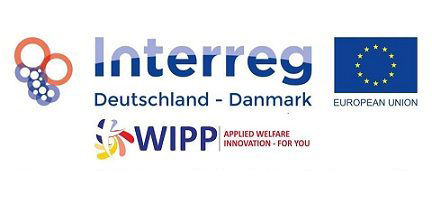Sustainable effects can arise if the living conditions are permanently healthily designed in such a way that people can go their own personal way to more well-being by strengthening their abilities and possibilities. And even more, there is a high chance of continuous improvement if sustainability is considered in every step of the project. The question “How does this pathway continue after the end of WIPP?” is answered in each project phase.
The first step was already taken in the planning of the survey and evaluation of the home visits: The analyzes of the actual needs are the basis for further planning. If we know what senior citizens really need in the individual parts of the city and what skills they have in order to be able to live self-determined and healthy as long as possible, measures can be developed to meet their needs.
The action plans are planned in the districts in such a way that given structures and local conditions are used for implementation. Already in the planning of the action plans, it is considered how it will continue after WIPP. E.g. a request for a physical activity offer is that it can be carried out after the end of the project by the companies and the criteria for financing by the statutory health insurances are fulfilled.
Participants should also be guided and motivated to take part in physical activity additional to the course units. These aspects are already considered during the program development in cooperation with the network partner National Sports Association (LSV). Due to its nationwide networking with the sports networks, the LSV can offer the physical activity course developed in WIPP in other municipalities and thus contribute significantly to the long-term quality assurance.
Kerstin Berszuck, AOK NORDWEST (responsible for securing sustainability and continuity (Work Package 6))
